Technological Innovations
Technological advancements play a pivotal role in shaping the Automatic Edge Banding Machine Market. The introduction of smart edge banding machines equipped with IoT capabilities and advanced automation features is revolutionizing production processes. These innovations enable manufacturers to achieve higher efficiency, reduced waste, and improved product quality. In 2025, it is estimated that the market for smart manufacturing technologies will exceed 300 billion USD, highlighting the increasing reliance on automation in manufacturing. The integration of artificial intelligence and machine learning in edge banding machines allows for real-time monitoring and predictive maintenance, further enhancing operational efficiency. Consequently, manufacturers are likely to prioritize investments in cutting-edge banding technologies to remain competitive, thereby driving growth in the Automatic Edge Banding Machine Market.
Rising Demand for Furniture
The Automatic Edge Banding Machine Market is experiencing a surge in demand driven by the growing furniture sector. As consumer preferences shift towards customized and aesthetically pleasing furniture, manufacturers are increasingly adopting advanced edge banding machines to enhance product quality. In 2025, the furniture market is projected to reach a valuation of approximately 600 billion USD, indicating a robust growth trajectory. This trend compels manufacturers to invest in efficient edge banding solutions, thereby propelling the Automatic Edge Banding Machine Market forward. Furthermore, the need for precision in furniture production necessitates the use of automated machinery, which can deliver consistent results and reduce labor costs. As a result, the integration of automatic edge banding machines becomes a strategic imperative for furniture manufacturers aiming to maintain competitiveness in a rapidly evolving market.
Growth of the Construction Sector
The Automatic Edge Banding Machine Market is significantly influenced by the expansion of the construction sector. As urbanization accelerates, the demand for high-quality building materials, including furniture and cabinetry, is on the rise. In 2025, the construction industry is projected to reach a value of over 10 trillion USD, creating substantial opportunities for edge banding machine manufacturers. The need for durable and aesthetically appealing finishes in construction projects necessitates the use of advanced edge banding solutions. Moreover, the trend towards modular construction and prefabricated components further drives the demand for efficient edge banding processes. As a result, manufacturers are increasingly investing in automatic edge banding machines to meet the growing requirements of the construction sector, thereby fostering growth in the Automatic Edge Banding Machine Market.
Increased Focus on Quality and Aesthetics
In the Automatic Edge Banding Machine Market, there is a pronounced emphasis on quality and aesthetics in product offerings. Consumers are becoming more discerning, seeking furniture and cabinetry that not only meets functional requirements but also exhibits superior craftsmanship. This shift in consumer behavior compels manufacturers to adopt advanced edge banding technologies that ensure seamless finishes and high-quality edges. As a result, the demand for automatic edge banding machines is likely to rise, as these machines provide the precision and consistency required to meet evolving consumer expectations. Furthermore, the market for high-end furniture is anticipated to grow, with a projected increase of 5% annually through 2025. This trend underscores the necessity for manufacturers to invest in state-of-the-art edge banding solutions to enhance product appeal and maintain competitiveness in the Automatic Edge Banding Machine Market.
Sustainability and Eco-Friendly Practices
Sustainability initiatives are increasingly shaping the Automatic Edge Banding Machine Market. As environmental concerns gain prominence, manufacturers are seeking eco-friendly solutions in their production processes. The demand for sustainable materials and practices is driving the adoption of automatic edge banding machines that minimize waste and energy consumption. In 2025, the market for sustainable manufacturing technologies is expected to reach 200 billion USD, indicating a significant shift towards environmentally responsible practices. Manufacturers are likely to invest in edge banding machines that utilize water-based adhesives and energy-efficient technologies, aligning with global sustainability goals. This focus on eco-friendly practices not only enhances brand reputation but also meets the growing consumer demand for sustainable products, thereby propelling growth in the Automatic Edge Banding Machine Market.


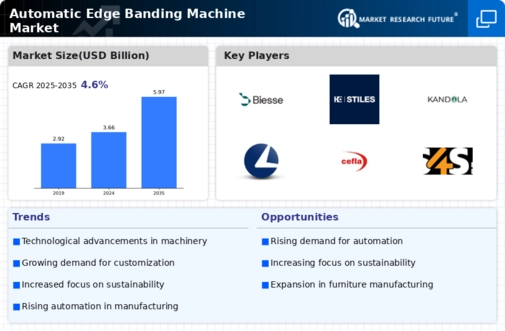
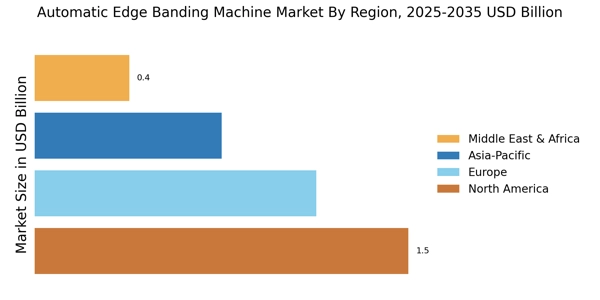
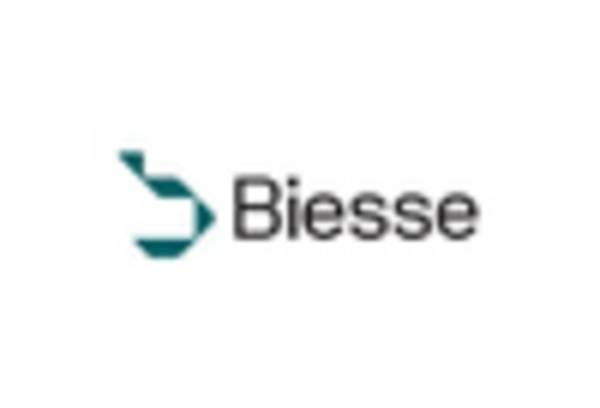

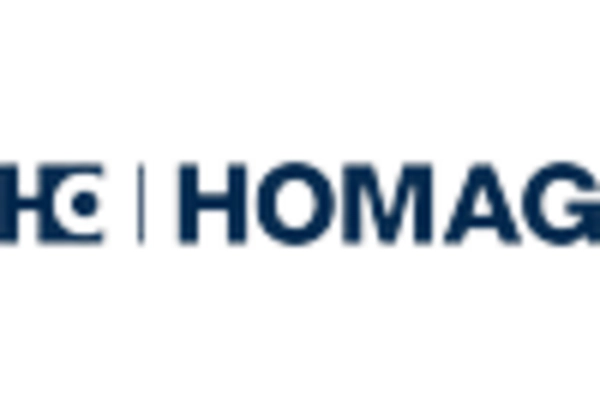
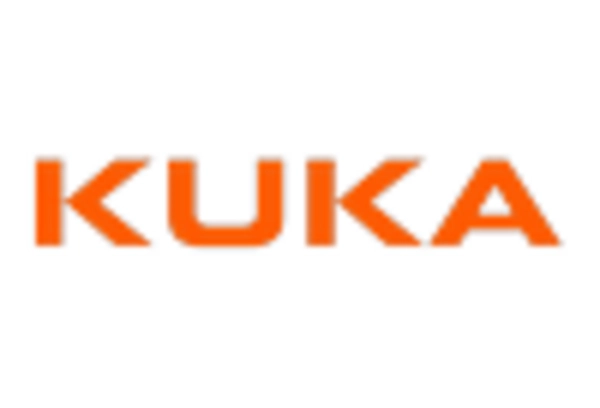
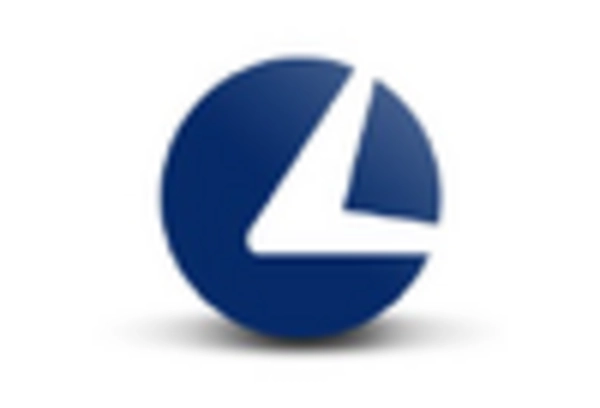
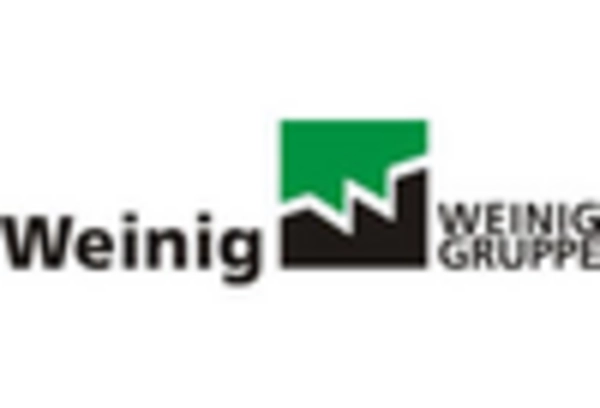








Leave a Comment